Home>Garden Essentials>Garden Storage>What Is A Wardrobe Malfunction


Garden Storage
What Is A Wardrobe Malfunction
Modified: January 9, 2024
Learn what a wardrobe malfunction is and how it can be avoided. Discover clever storage solutions to keep your wardrobe organized and functional.
(Many of the links in this article redirect to a specific reviewed product. Your purchase of these products through affiliate links helps to generate commission for Storables.com, at no extra cost. Learn more)
Introduction
Wardrobe malfunctions have become a common occurrence in the entertainment industry, captivating audiences around the world. From red carpet events to live performances, celebrities and public figures have found themselves at the center of attention when their carefully curated outfits betray them. These instances, often causing embarrassment and shock, have even become infamous moments that live on in the annals of pop culture history.
A wardrobe malfunction refers to an unexpected situation where a person’s clothing fails to function as intended. It can involve anything from a garment unraveling, straps breaking, or an unfortunate slip of a revealing nature. While these mishaps often generate media frenzy and social media buzz, they can have significant consequences for those involved.
In this article, we will explore the intriguing world of wardrobe malfunctions, their causes, and their impact. We will delve into famous incidents throughout history, the reasons why they happen, and the measures celebrities take to prevent them. Additionally, we will examine the cultural and social ramifications of wardrobe malfunctions in today’s society.
Key Takeaways:
- Wardrobe malfunctions are unexpected and unintentional clothing mishaps that can have significant impacts on celebrities’ reputations, mental well-being, and industry opportunities, highlighting the vulnerability of even the most glamorous individuals.
- Fashion tape, quality materials, and proactive fitting sessions are essential strategies to minimize the risk of wardrobe malfunctions, allowing individuals to maintain their confidence and style without the fear of unexpected fashion mishaps.
Read more: What Is Malfunction Indicator Lamp
Definition of a Wardrobe Malfunction
A wardrobe malfunction can be defined as an unexpected and unintentional exposure of a person’s body due to a clothing mishap. It occurs when a garment does not function as intended, leading to an embarrassing or revealing situation. While wardrobe malfunctions can happen to anyone, they are particularly prevalent in the world of entertainment, where celebrities face increased scrutiny and pressure to always look flawless.
Wardrobe malfunctions can vary in severity and can include incidents such as a strap breaking, a zipper malfunctioning, a dress ripping, or a skirt flying up due to a gust of wind. These accidents often result in partial or complete exposure of body parts that were meant to remain covered. Wardrobe malfunctions are not limited to any specific gender or category of clothing; they can happen to both men and women, and in any type of ensemble, from formal gowns to casual outfits.
What sets wardrobe malfunctions apart is their unexpected nature. They occur in situations where individuals are in the public spotlight, on stage, on the red carpet, or during live broadcasts, amplifying the level of embarrassment and attention they receive. In today’s age of social media and instant sharing, these incidents can quickly go viral, reaching a worldwide audience within minutes.
It is important to note that not all instances of clothing mishaps classify as wardrobe malfunctions. There is a fine line between an accidental wardrobe malfunction and deliberate “wardrobe malice” or intentionally provocative outfit choices. While some incidents may be deemed as deliberate attempts to garner attention, true wardrobe malfunctions are generally considered accidental and unplanned.
Wardrobe malfunctions, though often seen as embarrassing or scandalous, also offer a glimpse into the vulnerability of even the most glamorous and put-together individuals. They remind us that no one is immune to wardrobe mishaps and that even the most meticulously planned outfits can fail under certain circumstances.
Famous Wardrobe Malfunctions in History
Throughout history, there have been several iconic wardrobe malfunctions that have captured the attention of the public and left a lasting impact on pop culture. These incidents, often occurring during high-profile events, have become embedded in the collective memory, forever etched in the annals of fashion mishaps. Here are just a few of the most memorable wardrobe malfunctions in history:
-
Janet Jackson’s Super Bowl Halftime Show (2004)
Perhaps the most notorious wardrobe malfunction in history, Janet Jackson’s “wardrobe malfunction” during the Super Bowl Halftime Show in 2004 caused a nationwide uproar. During her performance with Justin Timberlake, a brief moment revealed Janet’s right breast, which was covered only by a nipple shield. The incident, coined the term “Nipplegate,” resulted in widespread media coverage, a Federal Communications Commission investigation, and significant repercussions for both artists involved. -
Marilyn Monroe’s “The Seven Year Itch” (1955)
One of the most iconic moments in cinematic history, Marilyn Monroe’s subway grate scene in the film “The Seven Year Itch” unintentionally became a wardrobe malfunction. As the subway vent blew air upwards, it lifted Monroe’s white dress, revealing her legs and capturing the collective imagination of moviegoers. The iconic image of Monroe trying to hold down her billowing dress has become an enduring symbol of allure and vulnerability. -
Britney Spears’ MTV Video Music Awards Performance (2000)
Britney Spears’ performance at the MTV Video Music Awards in 2000 featured her in a black, barely-there outfit. During her energetic performance of “Oops!… I Did It Again,” the zipper on her top gave way, exposing more than intended. Although she quickly recovered and continued her performance, the incident became a defining moment in her career and added to her controversial image at the time. -
Jennifer Lawrence’s Oscars Fall (2013)
While not a traditional wardrobe malfunction, Jennifer Lawrence’s stumble while climbing the stairs to accept her Best Actress award at the 2013 Oscars became an unforgettable moment. As she tripped on her voluminous Dior gown, Lawrence displayed both vulnerability and grace, laughing off the incident with her characteristic charm. The incident further endeared Lawrence to the public and solidified her status as a relatable and down-to-earth celebrity. -
Gwyneth Paltrow’s Transparent Dress (2002)
Gwyneth Paltrow’s fashion choice at the 2002 Oscars generated significant buzz when she stepped onto the red carpet wearing a sheer top and skirt ensemble. The dress, designed by Alexander McQueen, drew attention not only for its bold design but also because it revealed more of Paltrow’s physique than expected. While some commended her daring fashion choice, others criticized the outfit as inappropriate for a formal event.
These are just a few examples of the countless wardrobe malfunctions that have occurred throughout history. While they may be embarrassing for those involved, they have also become part of the cultural fabric, reminding us that even the most glamorous and carefully planned moments can go awry in the blink of an eye.
Causes of Wardrobe Malfunctions
Wardrobe malfunctions can occur due to a variety of factors, ranging from the nature of the garments themselves to dynamic movements and environmental conditions. While celebrities and their stylists take extensive measures to prevent these incidents, the unpredictable nature of fashion and live events can sometimes lead to unfortunate mishaps. Here are some common causes of wardrobe malfunctions:
- Poorly Fitted Clothing: Ill-fitting garments are one of the primary culprits behind wardrobe malfunctions. When clothing is too tight, the fabric may tear or fail to accommodate movement, resulting in splits or unwanted exposure. On the other hand, loose-fitting clothing can slide or shift unexpectedly, leading to accidental revealing moments.
- Weak or Defective Fastenings: Weak zippers, faulty buttons, and flimsy hooks and eyes can all contribute to wardrobe malfunctions. These essential fastenings may give way when subjected to strain or movement, resulting in garments coming apart or slipping off.
- Fabric Mishaps: The choice of fabric can also impact the likelihood of a wardrobe malfunction. Delicate materials, such as sheer fabrics or lightweight knits, are more prone to tearing or snagging. Additionally, fabrics that lack structure or support, like silk or satin, may have a higher probability of failing to maintain coverage.
- Dynamic Movements: Performers, in particular, engage in energetic movements during live performances or stage events. These dynamic motions, such as dancing, jumping, or even sudden shifts in posture, can inadvertently cause garments to fail or shift, leading to unexpected exposure.
- Environmental Factors: Environmental conditions can play a role in wardrobe malfunctions. Strong gusts of wind, slippery surfaces, or excessive humidity can all contribute to clothing mishaps. For example, a sudden breeze can lift a skirt or dress, revealing more than intended.
- Poorly Secured Accessories: Accessories are integral to completing an outfit, but if not properly secured, they can lead to mishaps. Straps, belts, or jewelry that are not properly fastened or maintained may come undone, causing garments to shift or fall in unexpected ways.
It’s important to note that wardrobe malfunctions are not always preventable, as many of these factors are beyond an individual’s control. However, professional stylists and designers take precautions to minimize the risk by using quality materials, conducting thorough fittings, and employing various techniques like fashion tape or hidden fastenings to keep garments in place.
Despite these precautions, the unpredictable nature of live events and the constant demand for fashion-forward looks mean that wardrobe malfunctions will always remain a possibility, reminding us that even the most meticulous preparations cannot always safeguard against unforeseen accidents.
Impact of Wardrobe Malfunctions on Celebrities
Wardrobe malfunctions can have a significant impact on celebrities, both personally and professionally. These incidents can lead to a wide range of consequences, affecting their public image, career trajectory, and even mental well-being. Here are some of the key impacts that wardrobe malfunctions can have on celebrities:
- Public Scrutiny: Wardrobe malfunctions thrust celebrities into the spotlight, exposing them to intense public scrutiny. Media outlets and social media platforms dissect and amplify these incidents, often highlighting the embarrassing or revealing nature of the mishap. This scrutiny can be overwhelming, invading their privacy and subjecting them to criticism and judgment from both the public and the media.
- Damaged Reputation: A wardrobe malfunction can tarnish a celebrity’s reputation, particularly if they are known for their elegance or professionalism. The incident may be perceived as a lack of attention to detail or a failure to properly prepare for public appearances. This can have long-term effects on their credibility and brand image, impacting their opportunities for endorsements, collaborations, and future projects.
- Media Attention: Wardrobe malfunctions often generate significant media attention, overshadowing other aspects of a celebrity’s career or accomplishments. The incident may become the focal point of interviews, red carpet events, or press conferences, diverting attention from their work and leading to a limited narrative surrounding their public persona.
- Mental and Emotional Impact: Dealing with the aftermath of a wardrobe malfunction can take a toll on a celebrity’s mental and emotional well-being. The embarrassment, shame, and anxiety associated with these incidents can contribute to feelings of self-doubt and insecurity. The constant fear of future incidents may cause them to become more guarded or cautious in their fashion choices, impacting their creativity and self-expression.
- Positive Spinoffs: In some cases, celebrities have managed to turn a wardrobe malfunction into a positive outcome. By addressing the situation with grace, humor, or authenticity, they may gain public sympathy and support. This can humanize them in the eyes of the public and demonstrate their ability to handle adversity with resilience, potentially enhancing their likability and relatability.
- Industry Repercussions: Wardrobe malfunctions may lead to consequences within the entertainment industry. Events organizers, fashion brands, or production teams may become more apprehensive about working with individuals who have experienced wardrobe malfunctions, fearing potential negative publicity or logistical challenges. This could result in diminished opportunities or a change in the types of projects offered to the celebrity.
While the impact of a wardrobe malfunction may vary depending on the individual and the specific circumstances, it is clear that these incidents can have far-reaching consequences beyond the immediate embarrassment. Celebrities must navigate these challenges with resilience and surround themselves with a support system that helps them overcome the negative effects and focus on their career and personal growth.
Always do a quick mirror check before leaving the house to avoid wardrobe malfunctions. Make sure everything is in place and secure to prevent any embarrassing mishaps.
Read more: What Is A Parking Lamp Malfunction In BMW
Strategies to Avoid Wardrobe Malfunctions
While wardrobe malfunctions can happen unexpectedly, there are several strategies that celebrities and individuals can employ to minimize the risk. These proactive measures can help ensure that outfits stay intact and properly positioned, preventing embarrassing mishaps. Here are some strategies to avoid wardrobe malfunctions:
- Fitting Sessions: Prior to any public appearance or event, it is crucial to schedule fitting sessions with a skilled tailor or stylist. This ensures that garments are properly fitted to the individual’s body shape and size. Through precise alterations, the risk of clothing becoming too tight, shifting, or slipping is minimized.
- Quality Materials: Opting for high-quality fabrics and construction is essential in preventing wardrobe malfunctions. Stronger and durable materials are less likely to tear or come apart under stress. Additionally, choosing fabrics with the right amount of stretch and structure can help garments maintain their shape throughout the day or during dynamic movements.
- Secure Fastenings: Checking and reinforcing fastenings, such as zippers, buttons, hooks, and snaps, is crucial. Adding extra reinforcement, such as sewing buttons with stronger thread or replacing flimsy closures with sturdier options, can help ensure garments stay in place.
- Hidden Support: Utilizing hidden support systems, such as built-in bras, silicone adhesives, or fashion tape, can provide additional security for specific garments. These discreet measures can help hold fabrics in place, preventing slips or revealing moments.
- Consider Movement: When selecting outfits, it is important to consider the type of movements that will be required during an event. Opting for garments with appropriate cuts, strategic layers, or secure draping can help minimize the risk of exposure during dynamic movements such as dancing or sitting.
- Weather Awareness: Being mindful of weather conditions can also help avoid wardrobe malfunctions. For example, selecting heavier or more structured fabrics on windy days and incorporating strategic layering can help prevent unwanted exposure due to gusts of wind.
- Preventive Adjustments: Before stepping out in public, performing a quick visual check to ensure everything is in place can go a long way in preventing wardrobe malfunctions. Adjusting straps, smoothing fabrics, and ensuring proper coverage can help minimize the risk of mishaps.
- Practice and Rehearse: For individuals involved in live performances or physically demanding activities, practicing and rehearsing in the actual outfits can help identify potential issues and make necessary adjustments. This allows performers to get comfortable with the movements and ensures the clothing can withstand the demands of the performance.
While these strategies can significantly reduce the likelihood of wardrobe malfunctions, it’s important to remember that accidents can still happen. Being prepared for unexpected incidents with a calm and graceful attitude can help individuals handle any mishap that may arise and minimize the impact on their overall experience.
The Role of Fashion Tape and Other Wardrobe Essentials
In the world of wardrobes and fashion, certain essential tools and products play a crucial role in preventing wardrobe malfunctions. These items are used by both celebrities and everyday individuals to ensure that their outfits stay in place and maintain the intended look. One such crucial tool is fashion tape. Let’s explore the role of fashion tape and other wardrobe essentials:
Fashion Tape: Fashion tape is a double-sided adhesive tape that is applied directly to the skin or fabric to secure clothing in place. It is commonly used to prevent garments from shifting, slipping, or revealing too much. Fashion tape is especially useful for keeping neckline gaps closed, securing straps, preventing blouse openings, or stopping hems from riding up. It is discreet, hypoallergenic, and easy to use, making it a popular choice for both professional stylists and individuals.
Body Shapers and Undergarments: Wearing well-fitted undergarments and body shapers can provide an added layer of support and structure to outfits. These undergarments help smooth out any lines or bulges, create a streamlined silhouette, and provide additional security. For example, strapless bras, seamless underwear, or shaping bodysuits can help garments fit better and minimize the risk of wardrobe malfunctions.
Bra Converters and Strap Solutions: Bra converters and strap solutions come in handy when certain clothing styles require specific undergarment configurations. These accessories allow individuals to convert regular bras into strapless or backless options, adjust strap positions to accommodate unique necklines, or provide added support for certain garments. By customizing undergarments to match the outfit’s needs, wardrobe malfunctions can be avoided.
Adjustable Straps and Fastenings: Many garments, especially those with straps, have adjustable features to cater to different body types and preferences. These adjustable elements, such as straps with sliders or fastenings with multiple hooks, allow individuals to fine-tune the fit and prevent garments from slipping or revealing too much. Taking the time to adjust and secure these features before wearing an outfit can make a significant difference in avoiding wardrobe malfunctions.
Safety Pins and Needle and Thread: These basic sewing tools can be lifesavers when it comes to last-minute wardrobe mishaps. Safety pins can temporarily secure loose hems, close small gaps, or keep fabric folds in place. Needles and thread allow for quick repairs on the go. Keeping a small sewing kit handy can save the day in case of unexpected clothing emergencies.
Extra Layers and Camisoles: Adding an extra layer or a camisole underneath sheer or low-cut garments is a popular styling technique that not only provides an additional barrier but also allows for more coverage and modesty. These layers create a sense of security, ensuring that even if the top layer moves or shifts, the overall look remains intact.
Proper Shoe Fit: While not directly related to clothing, wearing shoes that are the correct size and fit is essential in maintaining balance and stability. Ill-fitting shoes can cause individuals to adjust their posture or walk awkwardly, potentially affecting the overall look and feel of an outfit. It is important to find footwear that not only complements the outfit but also provides comfort and ease of movement.
These wardrobe essentials play a crucial role in preventing wardrobe malfunctions and ensuring that outfits stay in place and maintain their desired appearance. By incorporating these tools into their fashion arsenal, individuals can have the confidence to flaunt their style without the fear of unexpected fashion mishaps.
Recurring Wardrobe Malfunctions in the Entertainment Industry
Despite the best efforts of celebrities and their stylists, certain types of wardrobe malfunctions have become recurrent occurrences in the entertainment industry. These incidents, fueled by the pressure to push fashion boundaries and make a statement, continue to capture public attention and generate media buzz. Here are some of the most recurring wardrobe malfunctions in the entertainment industry:
- Sheer Fabric Mishaps: Celebrities often opt for daring and provocative outfits that involve the use of sheer fabrics. While these designs can be visually striking, they also pose a higher risk of wardrobe malfunctions. Sheer panels, unexpected lighting conditions, or the flash of paparazzi cameras can result in unintended exposure that was not part of the original fashion intention.
- High Slits and Gowns: Red carpet events frequently feature glamorous gowns with high slits, offering a glimpse of leg or incorporating daring cut-outs. While these designs add an element of allure, they can also lead to unintentional exposure, especially when combined with movement, wind, or a lack of undergarment support. Meticulous attention to securing slits and strategic choices of undergarments are essential to avoid wardrobe malfunctions.
- Strapless Dress Dilemmas: Strapless dresses are a popular choice for formal events, weddings, and award ceremonies. However, these elegant garments can pose challenges when it comes to staying in place. The weight of the dress combined with movement can cause the dress to slip down or shift, leading to an embarrassing wardrobe malfunction. Fashion tape, well-fitted bodices, and supportive undergarments are essential in preventing mishaps with strapless dresses.
- Backless Designs: Backless dresses and tops offer a sensual and sophisticated look but come with the risk of unexpected slips or revealing moments. These designs require meticulous tailoring and attention to details such as closures, adhesive strips, or hidden straps. Proper fitting, secure fastenings, and strategic use of accessories are crucial in ensuring these outfits remain in place throughout an event.
- Dynamic Performances: Live performances, especially in the music industry, often involve high-energy movements, choreography, and acrobatics. These dynamic performances can put stress on costumes and increase the likelihood of wardrobe malfunctions. From dancing to jumping or executing complex stunts, performers need to work closely with costume designers, tailors, and stylists to develop outfits that can withstand the demands of their performances without compromising their integrity or causing embarrassment.
- Red Carpet Mishaps: The red carpet is a place where celebrities make bold fashion choices and aim to make an unforgettable impression. However, the rush to stand out and push the fashion envelope can sometimes lead to unexpected wardrobe malfunctions. From thigh-high slits gone wrong to malfunctioning zippers or excessive exposure due to skimpy or intricate designs, red carpet events have seen their fair share of fashion mishaps that become viral moments.
It is important to note that despite the recurring nature of these wardrobe malfunctions, many celebrities have managed to handle these incidents gracefully and bounce back from the spotlight. The entertainment industry continues to push boundaries when it comes to fashion, and with that comes the risk of occasional fashion mishaps that add to the allure and excitement of these events.
Cultural and Social Repercussions of Wardrobe Malfunctions
Wardrobe malfunctions not only generate media buzz and public attention but also have cultural and social repercussions that reflect society’s norms, values, and attitudes towards clothing and personal image. These incidents provoke discussions on topics such as body modesty, double standards, and the objectification of individuals. Here are some of the cultural and social repercussions of wardrobe malfunctions:
Body Modesty and Standards: Wardrobe malfunctions often spark debates and conversations about body modesty and societal expectations. They raise questions about what is considered appropriate or acceptable in terms of clothing and the extent of exposure that is deemed socially appropriate. These discussions can lead to a reevaluation of cultural norms and an examination of how they influence personal choices and public perception.
Double Standards and Gender Bias: Wardrobe malfunctions shed light on the pervasive double standards that exist in society, particularly regarding women’s fashion and expectations. Women often face more scrutiny and harsh judgment for wardrobe malfunctions compared to men. The incident involving Janet Jackson during the 2004 Super Bowl Halftime Show, known as “Nipplegate,” sparked discussions about the unequal treatment of men and women in the media and the objectification of women’s bodies.
Privacy and Consent: Wardrobe malfunctions fuel discussions surrounding privacy and consent. These incidents violate a person’s consent in terms of how much of their body they choose to reveal and to whom. The unwanted exposure can lead to feelings of violation and a breach of personal boundaries. It prompts conversations about respect for an individual’s autonomy and the importance of consent in both the public and private spheres.
Fashion Freedom and Self-Expression: Wardrobe malfunctions also highlight the importance of fashion as a means of self-expression and individual creativity. The incidents draw attention to the risks individuals take to showcase their unique style and push fashion boundaries. They reinforce the idea that fashion is not just about fabric and trends but is a form of personal expression, allowing individuals to communicate who they are and what they believe in.
Body Positivity and Realistic Expectations: Some celebrities who have experienced wardrobe malfunctions have used these incidents to encourage body positivity and challenge unrealistic beauty standards. By embracing their bodies and speaking up about the incident, they strive to create a more inclusive and accepting society. These conversations challenge the idea of perfection and inspire individuals to embrace their bodies as they are, celebrating authenticity and imperfections.
It is important to recognize that the cultural and social repercussions of wardrobe malfunctions extend beyond just the incident itself. They initiate conversations about broader societal issues and give individuals and communities an opportunity to reflect on the values, expectations, and biases that shape their perspectives on clothing and personal image.
Read more: What Are Wardrobe Staples
Conclusion
Wardrobe malfunctions have become an inevitable part of the entertainment industry, capturing the attention of audiences worldwide. These incidents, ranging from minor mishaps to unforgettable moments, not only generate media frenzy but also have lasting impacts on the individuals involved and society as a whole.
Throughout history, we have witnessed famous wardrobe malfunctions that have become embedded in pop culture and collective memory. Artists like Janet Jackson, Marilyn Monroe, and Jennifer Lawrence have experienced incidents that have forever left their mark on the fashion landscape.
While wardrobe malfunctions are often seen as embarrassing or scandalous, they also serve as reminders of the vulnerability of even the most glamorous and poised individuals. These incidents shed light on the unpredictable nature of fashion and the challenges of maintaining a flawless image in a constantly evolving industry.
Wardrobe malfunctions are caused by a variety of factors, including poorly fitted clothing, weak fastenings, or dynamic movements. Despite celebrities and their stylists taking extensive precautions, accidents can still occur. However, strategies such as fitting sessions, quality materials, and secure fastenings can significantly reduce the risk of mishaps.
The impact of wardrobe malfunctions on celebrities can be far-reaching, affecting their reputation, mental well-being, and professional opportunities. These incidents subject individuals to public scrutiny and media attention, potentially damaging their credibility and brand image.
Nevertheless, there are ways to prevent and manage wardrobe malfunctions. Fashion tape, undergarments, and other wardrobe essentials play a vital role in keeping outfits in place and ensuring a seamless appearance. By leveraging these tools, individuals can maintain their confidence and style without the fear of unexpected fashion mishaps.
Moreover, wardrobe malfunctions contribute to broader cultural and social discussions. They challenge societal norms, highlight gender biases, and spark conversations about body modesty, privacy, and consent. These incidents prompt us to examine our attitudes towards fashion, beauty standards, and self-expression.
Ultimately, wardrobe malfunctions serve as reminders of our shared humanity and the need for empathy and understanding. They demonstrate that even those in the public eye are vulnerable, and their fashion choices can sometimes betray them.
As we navigate the ever-changing landscape of fashion and entertainment, it is important to embrace the diversity of personal style, challenge double standards, and promote body positivity. By appreciating the artistry and individuality of fashion, we can create a more inclusive and accepting society that celebrates both the flawless moments and the occasional mishaps.
Frequently Asked Questions about What Is A Wardrobe Malfunction
Was this page helpful?
At Storables.com, we guarantee accurate and reliable information. Our content, validated by Expert Board Contributors, is crafted following stringent Editorial Policies. We're committed to providing you with well-researched, expert-backed insights for all your informational needs.
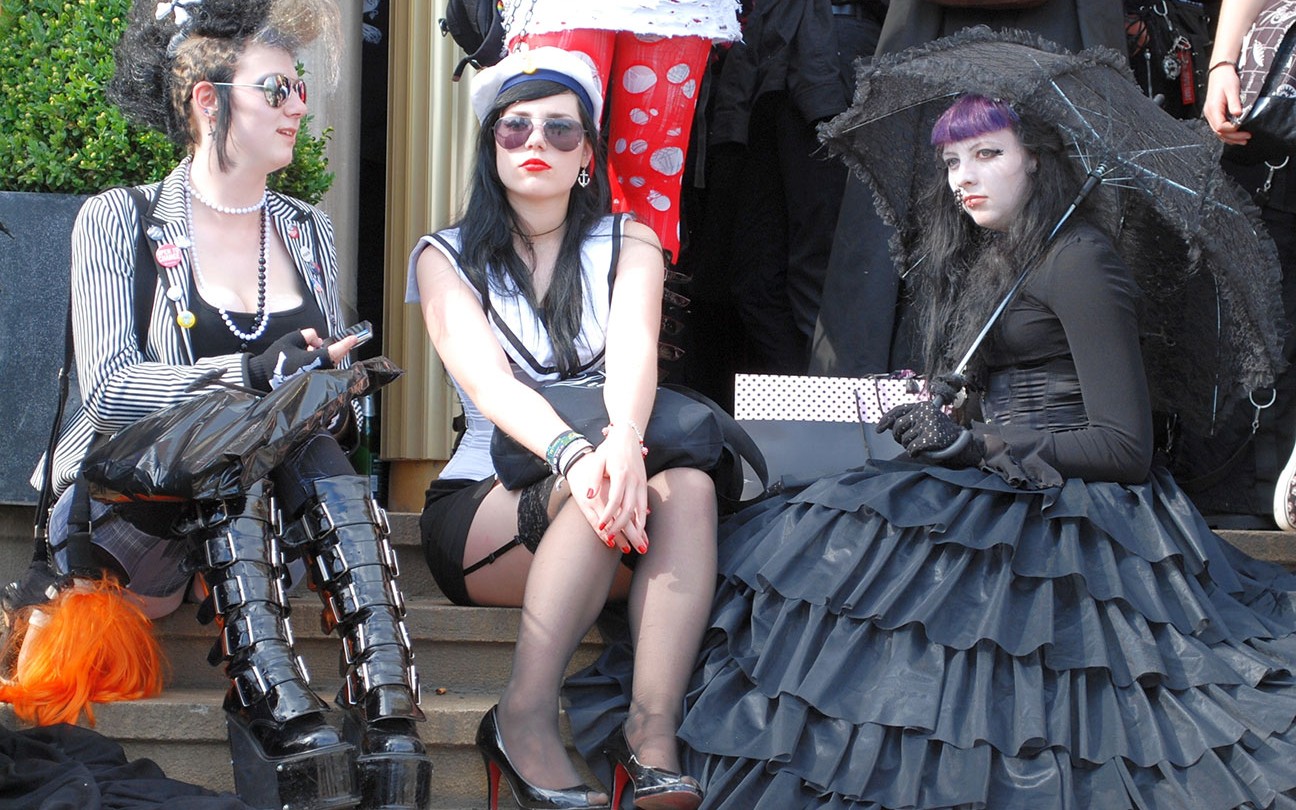
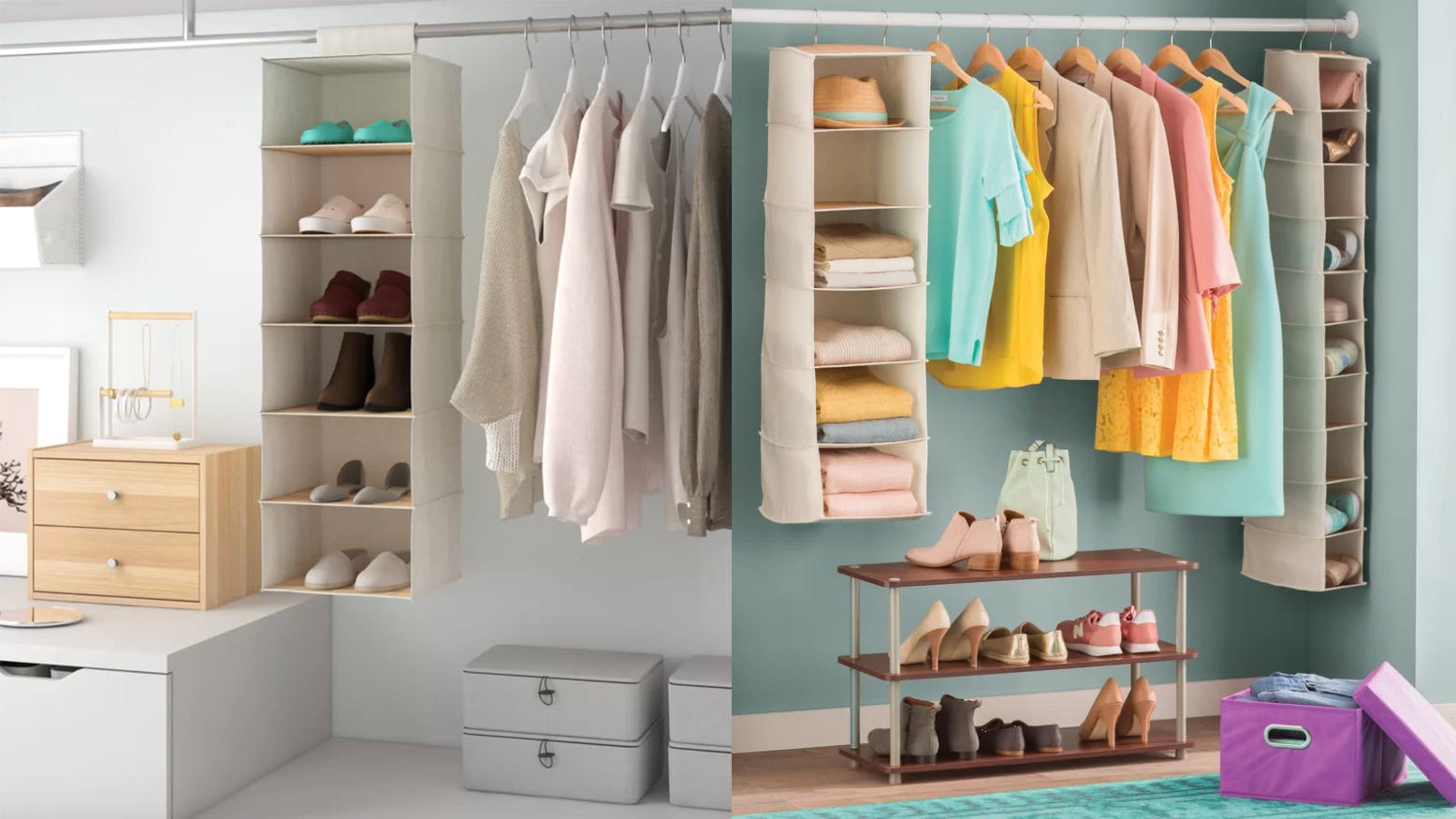

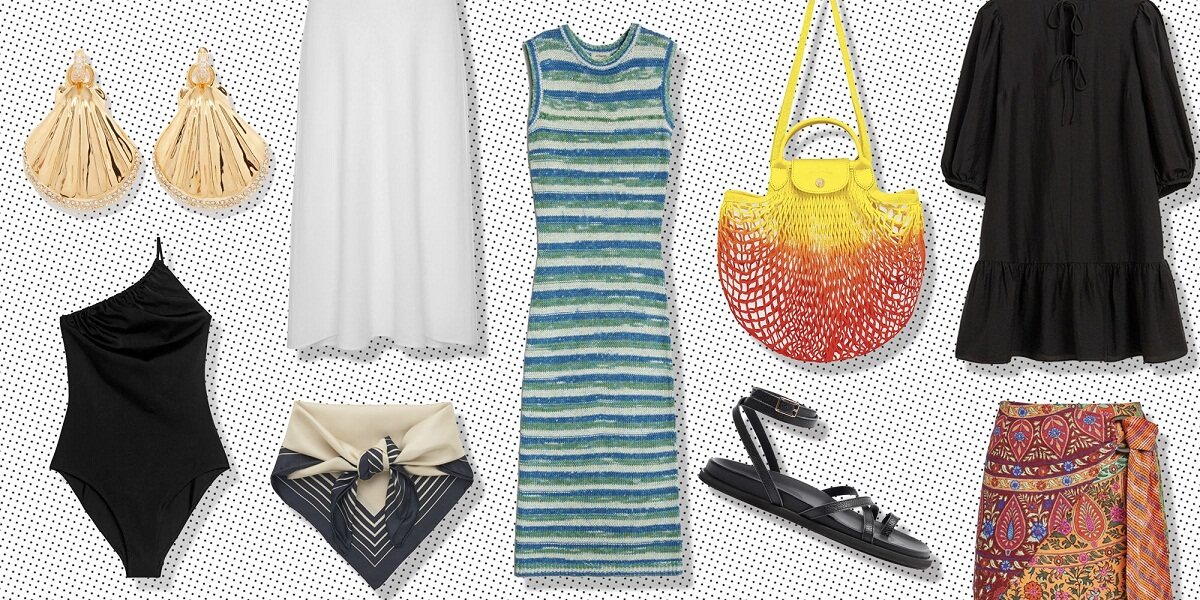
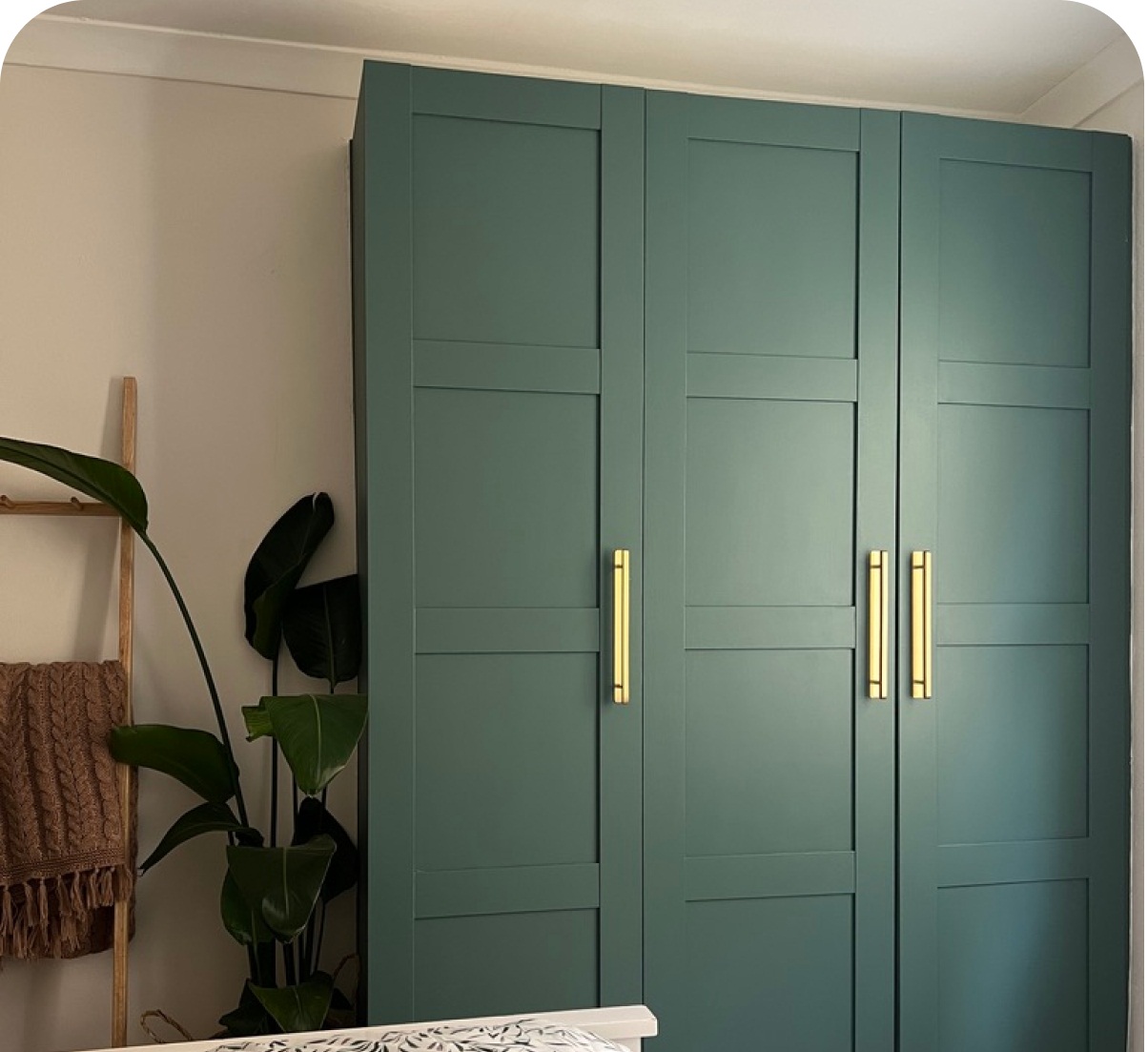

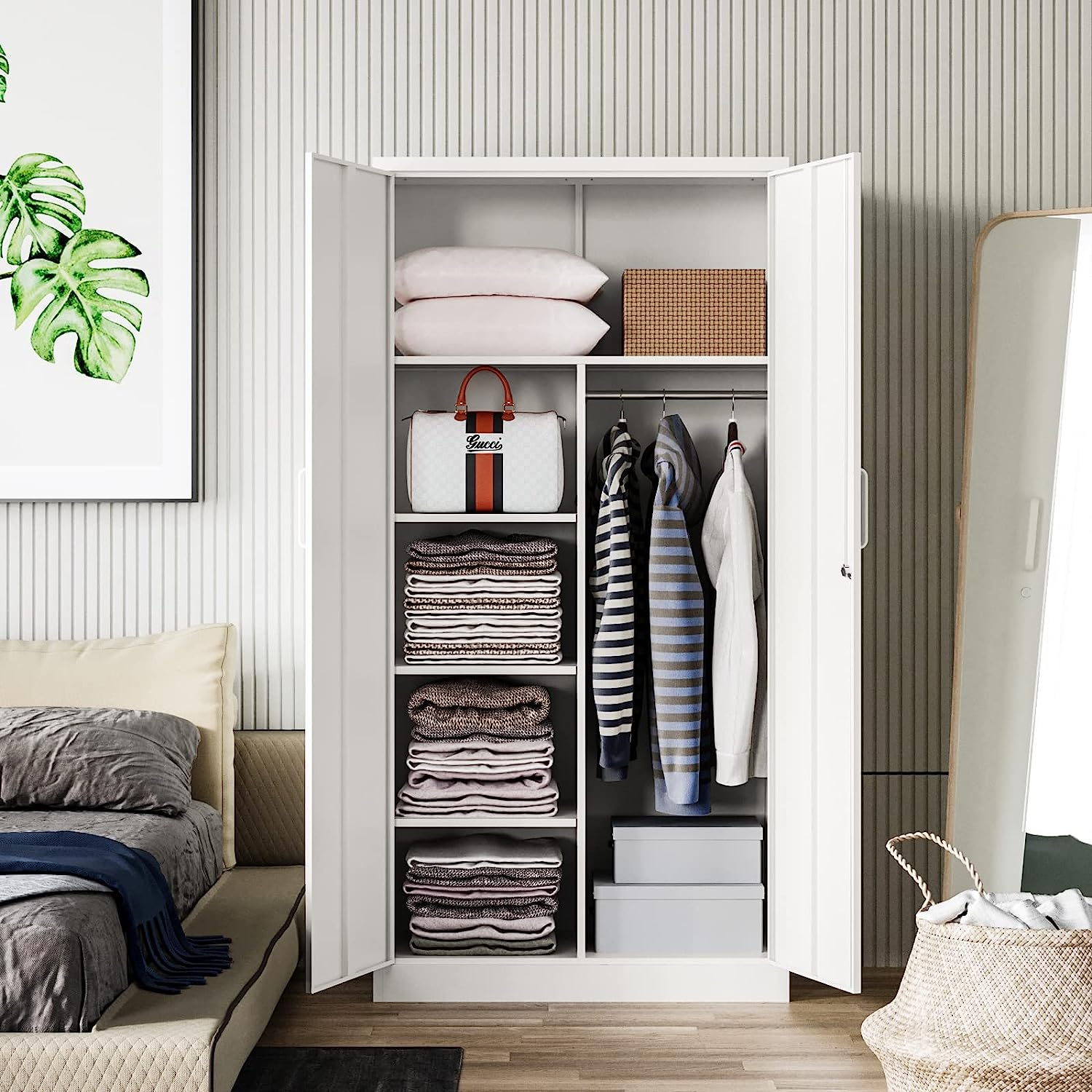


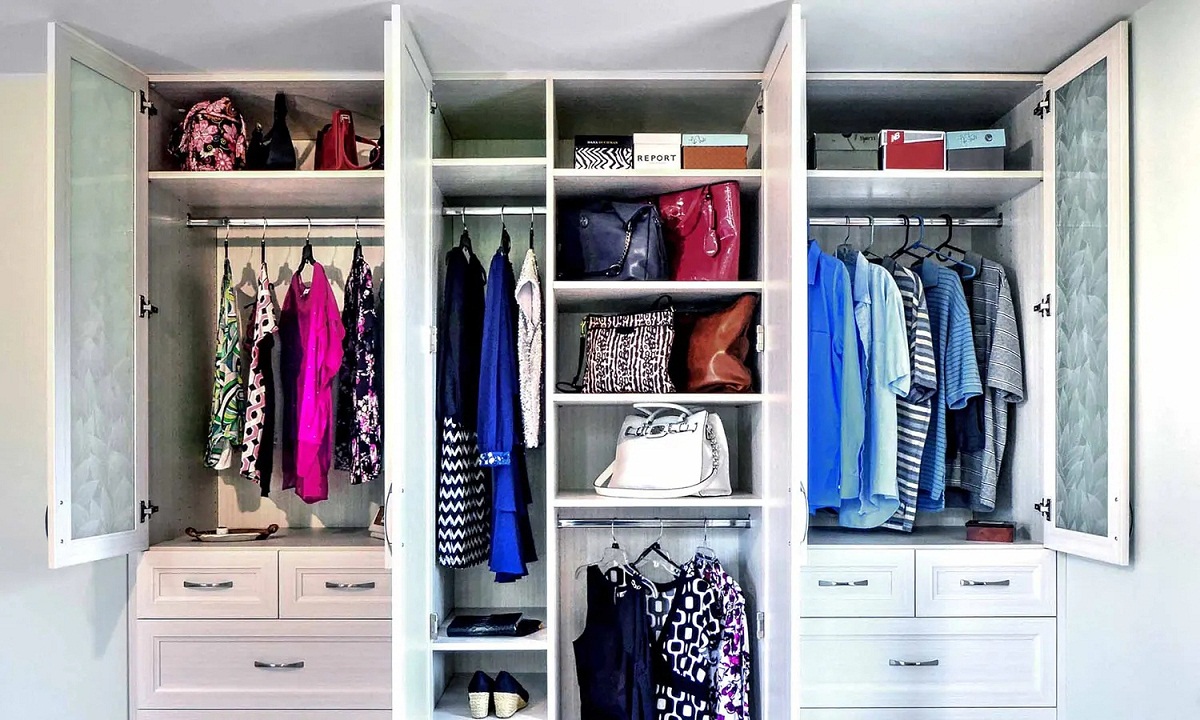
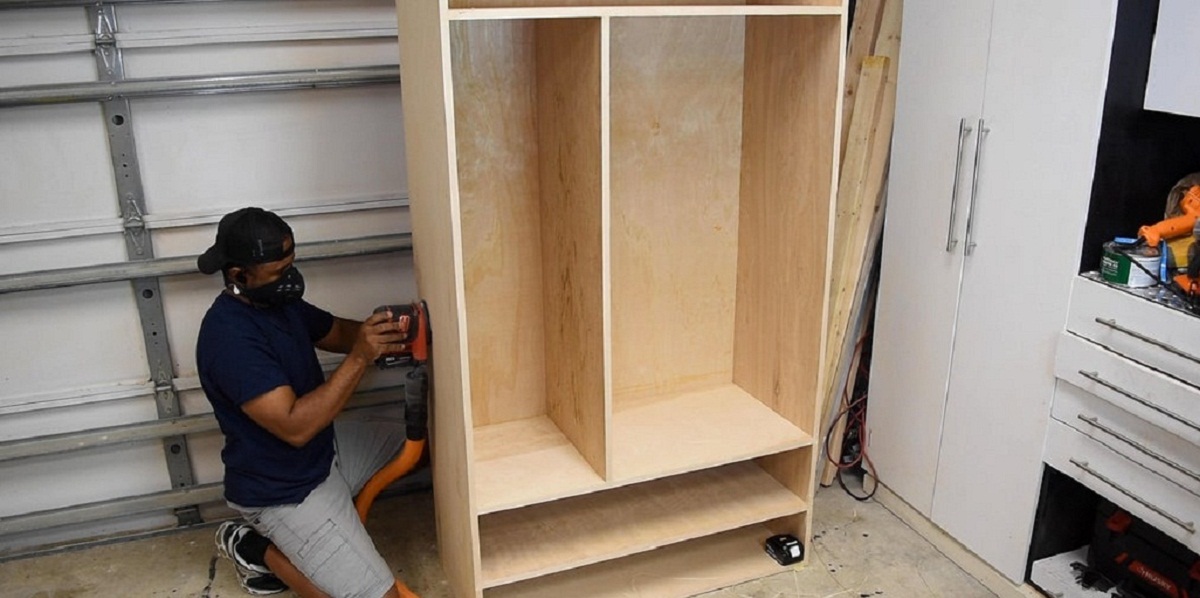
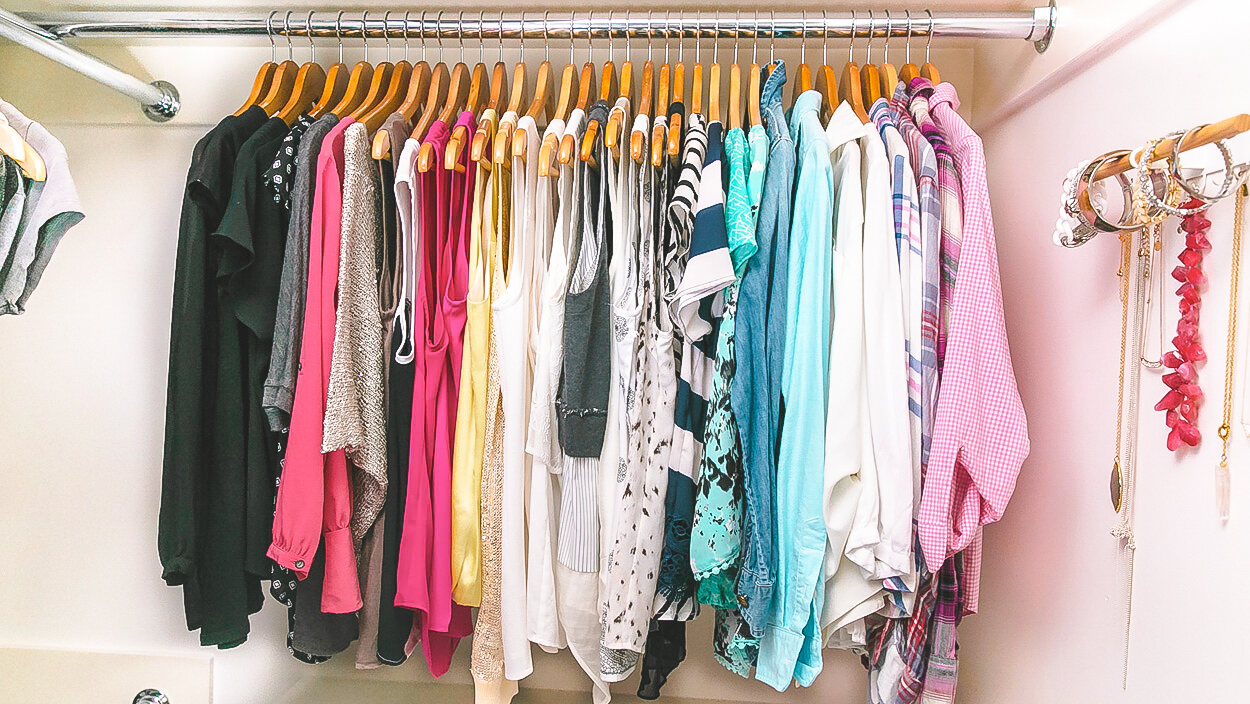
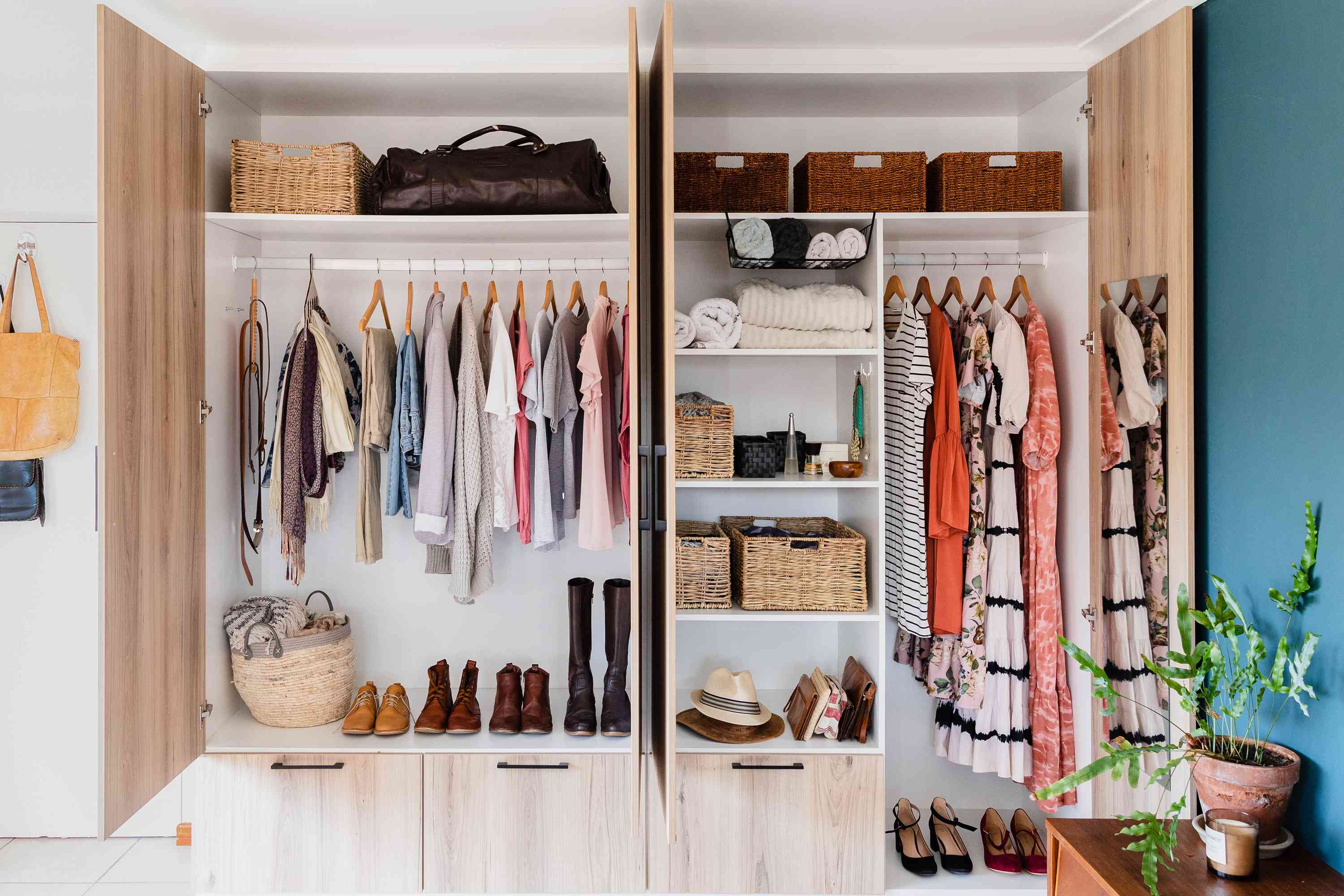

0 thoughts on “What Is A Wardrobe Malfunction”